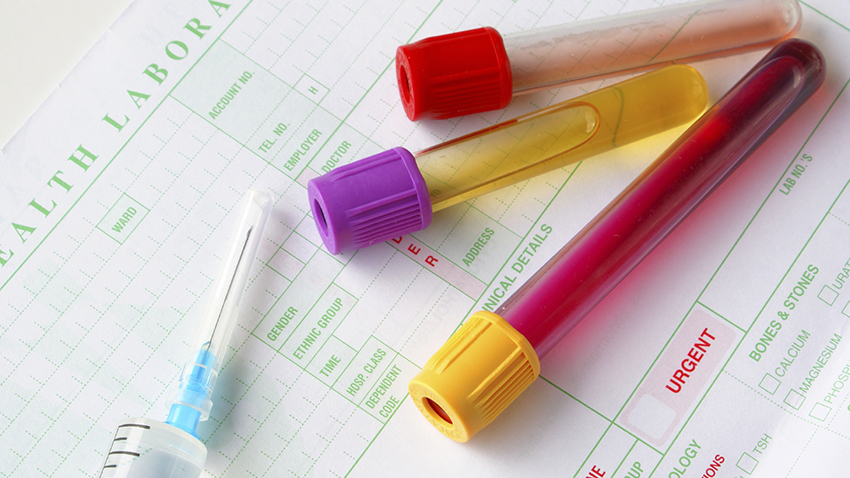Hemochromatosis

Knowledge is Power.
True/False - Quiz: Do You Understand Hemochromatosis?
Information - Hemochromatosis
 Hemochromatosis is a genetic disorder that occurs when too much iron builds up in the blood (also called iron overload). Most patients with hemochromatosis in North America have certain genetic abnormalities that originated in Northern Europe. Only a small number of people who have these genetic abnormalities ever develop serious hemochromatosis.
Hemochromatosis is a genetic disorder that occurs when too much iron builds up in the blood (also called iron overload). Most patients with hemochromatosis in North America have certain genetic abnormalities that originated in Northern Europe. Only a small number of people who have these genetic abnormalities ever develop serious hemochromatosis.
Symptoms & Diagnosis of Hemochromatosis
Non-genetic causes of hemochromatosis include conditions such as anemia, chronic hepatitis C infection and alcoholic liver disease. Symptoms of hemochromatosis depend on the severity of the disease, and can include fatigue, weight loss, joint pain and stomach pain. Many people with the disease don't have any symptoms other than high levels of iron in their blood. If hemochromatosis isn’t treated, it can lead to liver disease, diabetes, heart problems, joint damage, early menopause and erectile dysfunction.
If a doctor suspects a patient has iron overload, he or she will first measure the iron in the blood, and then may recommend genetic testing. Other tests your healthcare provider may recommend include liver function testing, MRI or liver biopsy.
Treatment for Hemochromatosis
The most common treatment for iron overload is regular phlebotomies, which involves the intermittent drawing off of a unit or so of blood. This can deplete your body of the excessive iron stores and hopefully prevent any further damage to your body from excessive iron. The amount of blood that will be removed and how often it will be removed depends on how severe your iron overload is, your age and your current health. Iron chelation therapy is another treatment. It uses medicine to remove excess iron from the body. If hemochromatosis is a result of another condition, you’ll need to see a specialist in that field to assist with treatment.
 Your healthcare provider may also recommend dietary changes, such as:
Your healthcare provider may also recommend dietary changes, such as:
• Avoiding uncooked fish and shellfish, as there is a risk of infection in people with diseases such as hemochromatosis
• Not taking vitamins or supplements that contain iron
• Limiting your intake of vitamin C (vitamin C helps your body absorb iron from food)
• Avoiding or limiting alcohol use to prevent liver damage
Talk to your healthcare provider if you'd like more information on hemochromatosis.
Visit HealthChoicesFirst.com for more videos and resources on health and wellness.
Print this Action Plan and check off items that you want to discuss with your healthcare provider
-
Most patients with hemochromatosis in North America have certain genetic abnormalities that originated in Northern Europe. Only a small number of people who have these genetic abnormalities ever develop serious hemochromatosis.
-
Non-genetic causes of hemochromatosis include conditions such as anemia, chronic hepatitis C infection and alcoholic liver disease.
-
Symptoms of hemochromatosis depend on the severity of the disease, and can include fatigue, weight loss, joint pain and stomach pain. Many people with the disease don't have any symptoms other than high levels of iron in their blood.
-
The most common treatment for iron overload is regular phlebotomies, which involves the intermittent drawing off of a unit or so of blood. This can deplete your body of the excessive iron stores and hopefully prevent any further damage to your body from excessive iron.
-
Your healthcare provider may also recommend dietary changes, such as avoiding uncooked fish and shellfish, as there is a risk of infection in people with diseases such as hemochromatosis; not taking vitamins or supplements that contain iron; limiting your intake of vitamin C (vitamin C helps your body absorb iron from food) and avoiding or limiting alcohol use to prevent liver damage.



